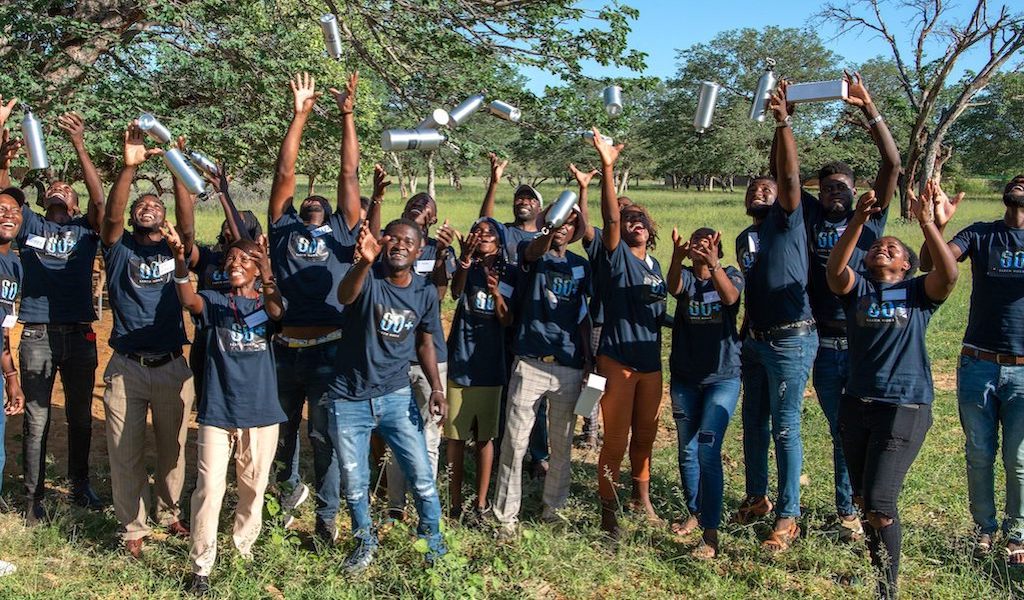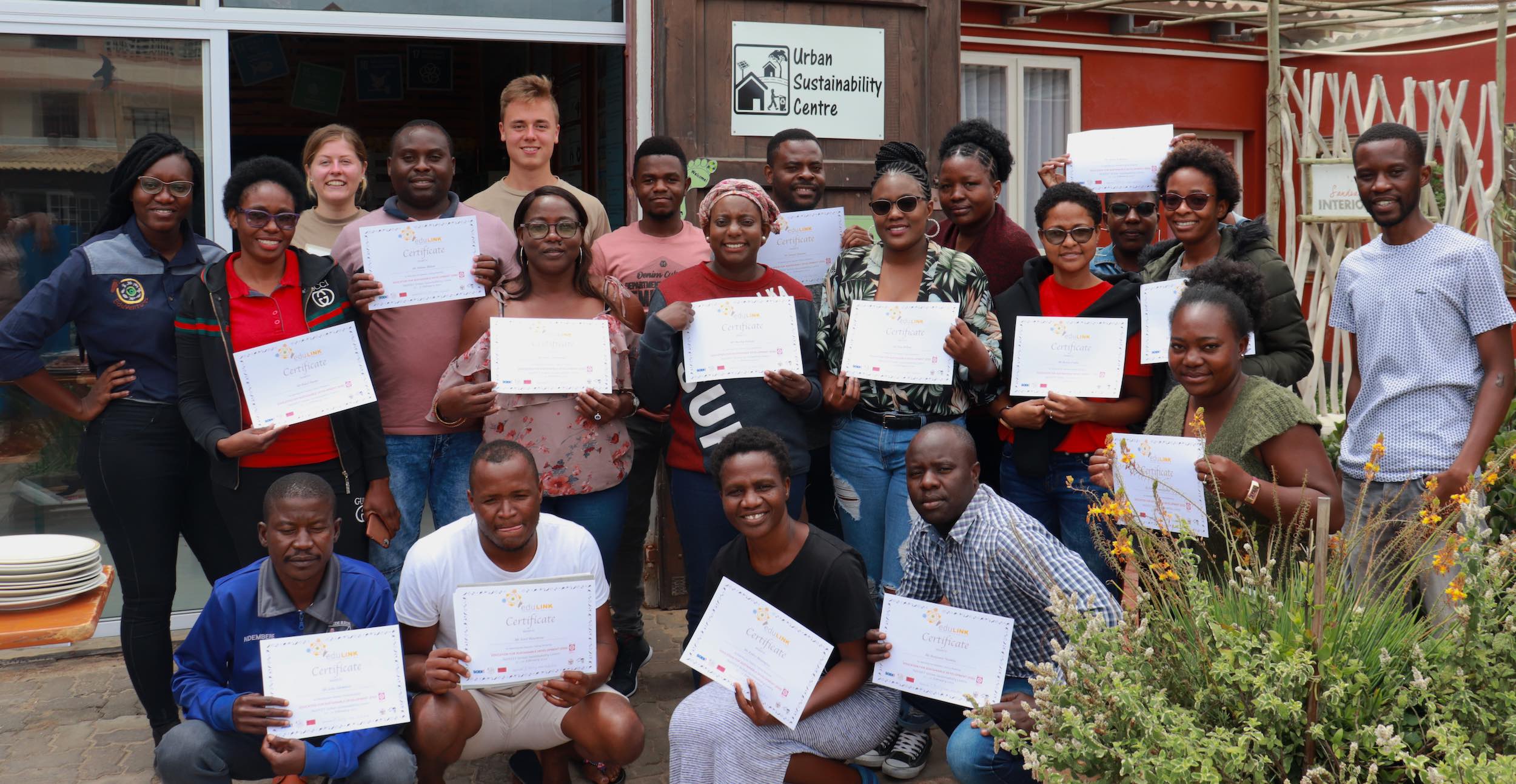
Swakopmund gets a brand new Education for Sustainable Development centre
Namibian Chamber of Environment (NCE) interview with Panduleni Haindongo
8th August 2020
The Namib Desert Environmental Education Trust (NaDEET) established a centre in the NamibRand Nature Reserve on the edge of the Namib Desert 17 years ago with the aim of educating school children and teachers on topics relating to sustainable development. NaDEET has reached over 14,000 Namibian children and their teachers through organised school trips to the Namib centre and educational work books translated into five Namibian languages.
For the centre’s transformative approach to environmental education, NaDEET received the UNESCO Japan Prize for Education for Sustainable Development in 2018. This award greatly encouraged the NaDEET team to expand their work, particularly to reach people in urban areas. Therefore some of the prize money was used to open a new educational centre in Swakopmund. We interviewed Panduleni Haindongo, NaDEET’s environmental educator and communications officer, to find out more about the new centre in Swakopmund.
Q: When people think of environmental education, they think about conserving the wilderness far away from towns and cities. Why did NaDEET feel that a centre in an urban area like Swakopmund was needed?
A: Namibia’s demographics are changing. We now have more people living in urban areas than in rural areas. We wanted to have a centre in an area where we could reach many more people as quickly as possible. The urban centre gives us an opportunity to teach about the impacts of our daily lives on the environment. We must also look at conserving the environment in our own backyards.
Q: We face so many global environmental challenges today, like climate change, drought and water shortages, and plastic waste in the ocean, to name a few. What would you like visitors to your new centre to learn about these issues and what they can do about them?
A: First we expose visitors at the centre to the various environmental problems by letting them explore a section of the centre entirely dedicated to showcasing local and global environmental challenges. Our visitors thus realise how their daily lifestyles and choices contribute to these environmental problems, especially in urban areas. The centre further highlights how much cities and urban areas depend on the environment.
The main feature of the centre is the EcoHouse. This is a 5 x 5 metre activity house with interactive displays that demonstrate how daily behavioural lifestyle choices have an impact. For example, in the “living room” there are energy activities such as comparing incandescent light bulbs with LED light bulbs. Using the different areas of the house, visitors can also calculate their own ecological footprints to determine how their lifestyles affect the environment. This experience gives most visitors quite an “aha” moment!
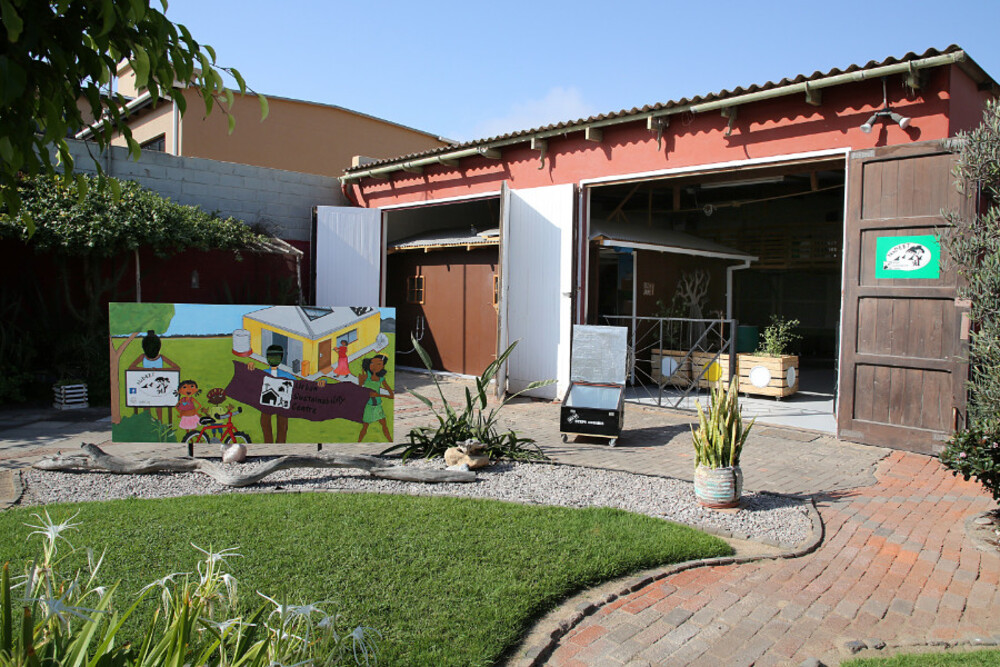
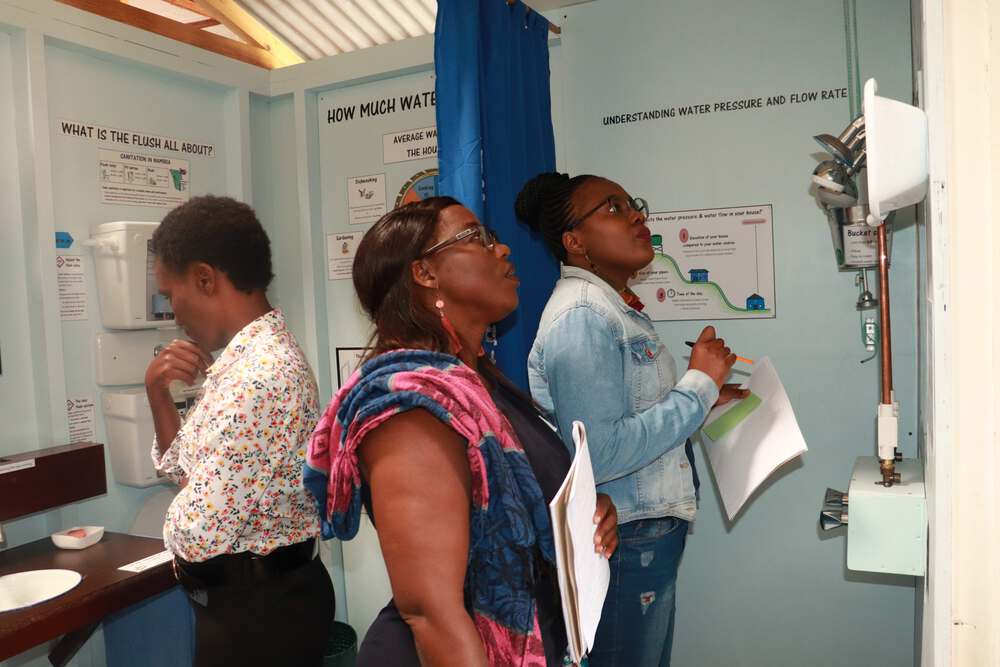
Q: Children are the key to a sustainable future. What will the groups of schoolchildren visiting your new centre learn? What does a typical school group programme look like?
A: Our programme for school children is designed to make sustainability an active learning experience, which means that learners are engaged in a lot of hands-on and exploration activities. This programme mainly focuses on understanding the environment they live in. As a coastal town in the desert, Swakopmund provides a very good learning environment. On educational explorations around the town, learners find out first-hand how nature sustains our lifestyle and they see for themselves the impacts on the environment such as pollution and land degradation caused by humans. Learners thus come to understand real world issues relating to urban living. The programme challenges them to build sustainable cities using their different talents and also encourages them to act at their schools and at home to protect the environment.
To ensure that we have sufficient time with the learners, our programmes take three days each and are therefore like a “class field trip”, without leaving town! Classes from schools outside of Swakopmund can stay at the Youth Hostel, which is within walking distance from our centre.
Q: Perhaps even more important than educating individual children is ensuring that teachers know how to integrate environmental issues into their curricula, as they influence so many children every day. Can you tell us more about your programmes aimed specifically at teachers?
A: Our programmes are aimed at providing teachers with practical knowledge that they can use to implement Education for Sustainable Development (ESD) in their daily lessons and activities. As one of the cross curricula topics in the Namibian school curriculum, ESD should be taught throughout all grades and teachers should be able to provide their learners with practical activities relating to sustainability. Teachers who participate in our programmes learn the fundamental approaches to teaching sustainability and are empowered to implement ESD using a whole school approach.
Q: Can anyone visit your new Swakopmund centre? What can they expect to learn there and how long does the average visit take?
A: The centre is open to everyone for a semi-guided tour, during which visitors can expect to learn how their lifestyles and behaviours towards biodiversity, energy, water and waste in urban areas affect the environment. Visitors can explore the changes that they can make in their lifestyles to minimize their impact on the environment. They also learn about the different energy, water and biodiversity resources that Namibia has and what happens to local waste in Swakopmund. An average tour takes about 45 minutes to one hour, depending on the visitors’ interest in the topics covered and the time they have to spend with us.
Q: Where exactly is your new centre and what are the opening hours?
A: It is in the Green Centre on 5 Libertina Amathila Avenue, a five-minute walk from the Jetty. The entrance is right next to the Snake Park. We are open Monday to Friday from 9 a.m. to 4:30 p.m. and on Saturdays from 10 a.m. to 3:00 p.m.
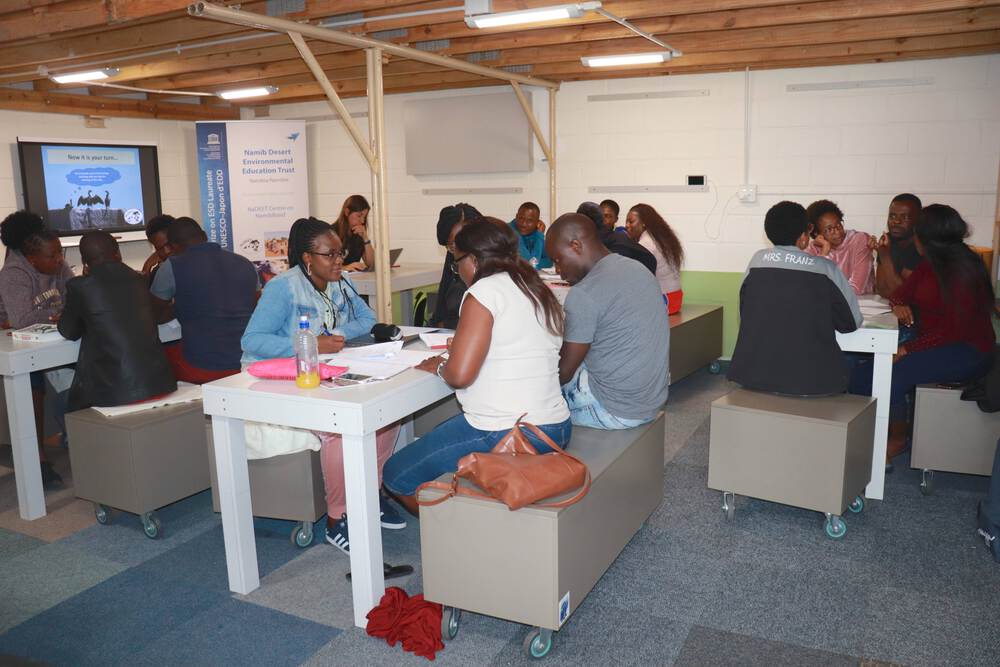
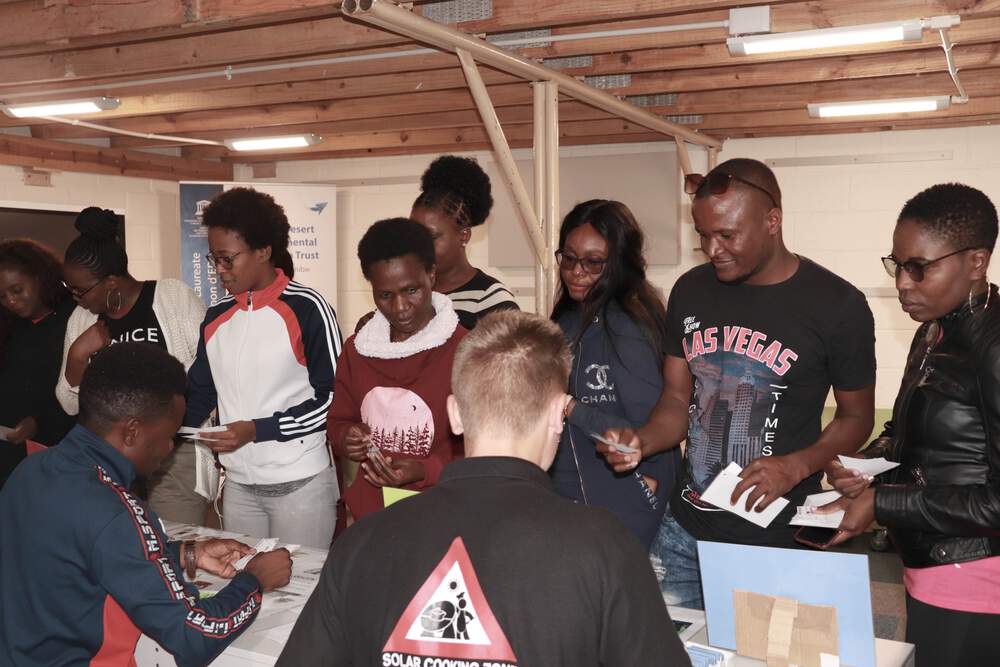
Q: If groups of teachers want to come for a full day or multi-day workshop with NaDEET or if they want to bring their school classes on a field trip, how can they make a booking?
A: We work in close cooperation with the Ministry of Education, Arts and Culture (MEAC) who supports us with the coordination of teacher workshops. We send our requests for teachers to participate in our workshops via the Erongo Regional Director of Educations office or the other regional education offices. The MEAC then sends us teachers from relevant teaching phases to participate in our workshops in line with the content and target for each workshop.
Teachers who want to bring their learners to take part in our programmes can contact our office telephonically or via email and we will send them the booking forms. Bookings have to be done in advance and we encourage teachers who want to bring their learners to book as early as possible.
NCE: We hope your new centre is a great success and that you will reach many more Namibians and even international visitors with your message of urban sustainable living.
For articles on similar topics, please click one of the following options:



